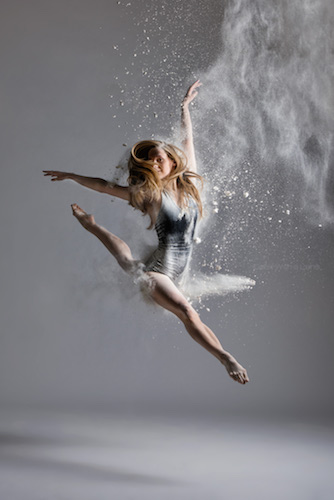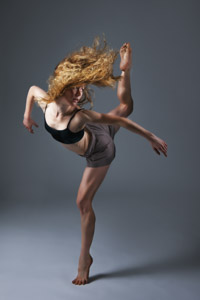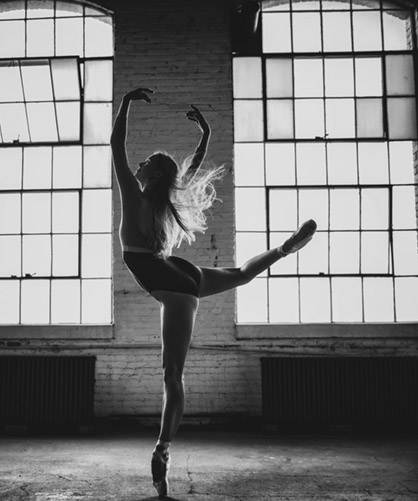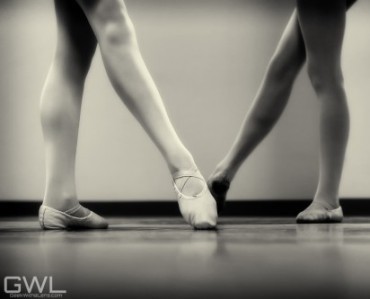
Dancer: Claire Bergman
Photo by: Geek With a Lens
As most of you know, I LOVE quotes. I came across this wonderful one on Facebook that I thought was most appropriate and poignant:
Your child’s success or lack of success in sports does not indicate what kind of parent you are. But, having an athlete that is coachable, respectful, a great teammate, mentally tough, resilient and tries their best is a direct reflection of your parenting.
Change out sports for dance and I’ve got a new mantra. In fact, many people have been posting similar things all over the internet of late. One of my favorite being: http://www.focusonthefamily.com/parenting/parenting-roles/why-kids-need-mean-moms
I do not have children of my own, but I spend all day every day with children and I believe that this affords me certain knowledge, but also certain objectivity. I can’t help but think, after seeing the results as a teacher that some parents undermine and, in some ways, completely disregard certain lessons and it’s affecting the way their children are in the classroom and in the world at large.




